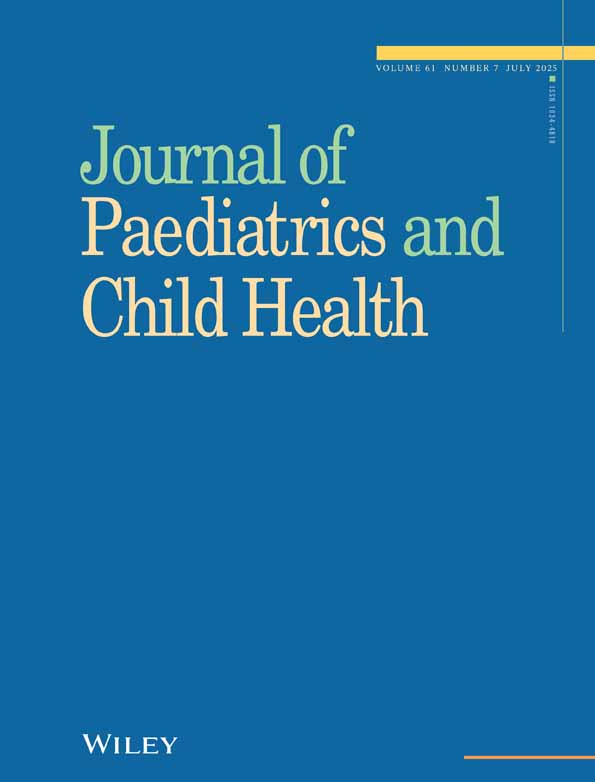Incidence of ABO haemolytic disease of the newborn in a group of Hong Kong babies with severe neonatal jaundice
C. S. Feng MB, BS, FRCPA, Director; C. P. Wan, AIMLT, Medical Technologist; J. Lau, BS, Computer Officer; T-K. Lam, MB, BS, MRCP, Lecturer; T-F. Fok, MB, BS, MRCP, Senior Lecturer.
Abstract
Abstract Two methods were used to determine the incidence of ABO haemolytic disease of the newborn (ABO-HDN) among Hong Kong Chinese infants. The first method employed the Lui elution technique to elute anti-A, B from cord blood of Group A and B babies with a Group O mother, and set out to correlate the titration score of the eluate with the serum bilirubin of the neonates. This method proved to be a failure because of the poor correlation. The second method was mathematical. By comparing the ‘expected’ frequency of various mother-infant ABO combinations (based on the ABO distribution of our local population) with the ‘observed’ frequency of a cohort of infants with severe neonatal jaundice, it was found that only two combinations (O-A and O-B mother-infant pairs) were responsible for ABO-HDN, for which the incidence was 1 in 5 among infants with a serum bilirubin level of 300 μmol/L or more.




